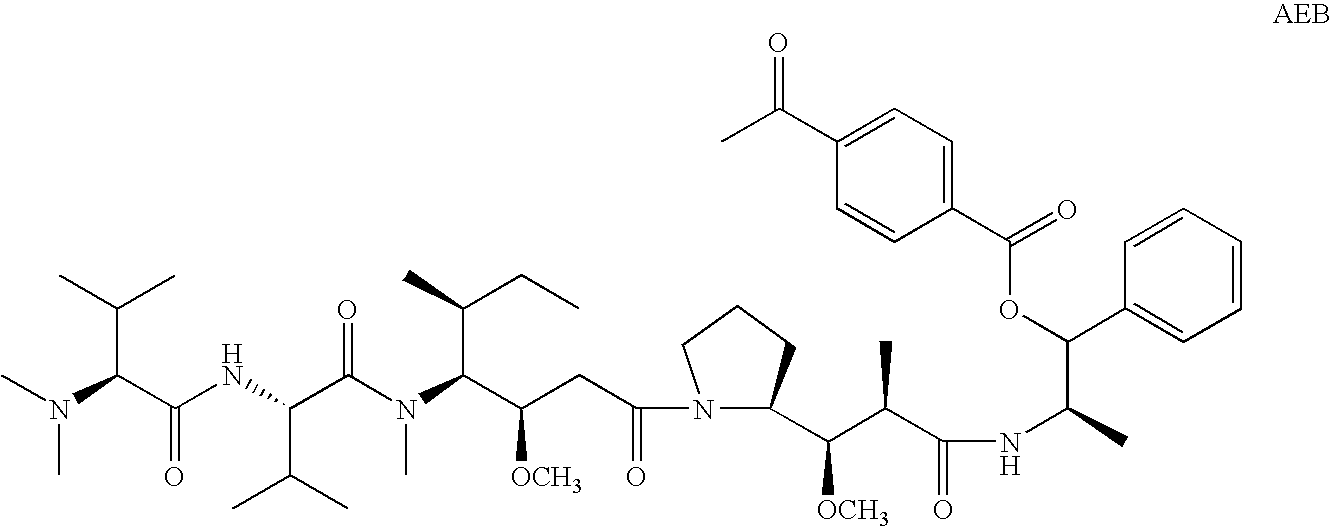Recombinant anti-CD30 antibodies and uses thereof
a technology of anti-cd30 antibodies and anti-cd30, which is applied in the field of recombinant anti-cd30 antibodies, can solve the problems of limiting the ability to deliver curative doses of these agents, no patient experienced tumor regression, and the anti-cd30 antibody has not been shown to inhibit the proliferation of hd cells in cultur
- Summary
- Abstract
- Description
- Claims
- Application Information
AI Technical Summary
Benefits of technology
Problems solved by technology
Method used
Image
Examples
Embodiment Construction
Anti-CD30 Monoclonal Antibodies AC10 and HEFI-1 Inhibit the Growth of CD30-Expressing Hodgkin's Disease Cell Lines
[0389] 6.1 Materials and Methods
[0390] Cells and culture conditions: The CD30 expressing cell lines, L540, HDLM2, L428, KM-H2 and Karpas 299. were obtained from the German Collection of Microorganisms and Cell Cultures / DSMZ in Braunschweig, Germany. The Hodgkin's cell line L540cy was a provided by Dr. V. Diehl of the University of Cologne, Cologne, Germany. The cell lines were maintained in the recommended media formulations and subcultured every 3-4 days.
[0391] Reagents and antibodies: Anti-CD30 monoclonal antibody hybridoma line AC10 was described by Bowen et al. (Bowen et al., 1993, J. Immunol. 151:5896-5906) and was provided by Dr. E. Podack, University of Miami. Purified antibody was isolated from serum-free supernatants using a protein-G immunoaffinity column. The resulting AC10 antibody was determined to be >97% monomeric by size exclusion chromatography. The mono...
PUM
| Property | Measurement | Unit |
|---|---|---|
| Length | aaaaa | aaaaa |
| Fraction | aaaaa | aaaaa |
| Fraction | aaaaa | aaaaa |
Abstract
Description
Claims
Application Information
 Login to View More
Login to View More - R&D
- Intellectual Property
- Life Sciences
- Materials
- Tech Scout
- Unparalleled Data Quality
- Higher Quality Content
- 60% Fewer Hallucinations
Browse by: Latest US Patents, China's latest patents, Technical Efficacy Thesaurus, Application Domain, Technology Topic, Popular Technical Reports.
© 2025 PatSnap. All rights reserved.Legal|Privacy policy|Modern Slavery Act Transparency Statement|Sitemap|About US| Contact US: help@patsnap.com



